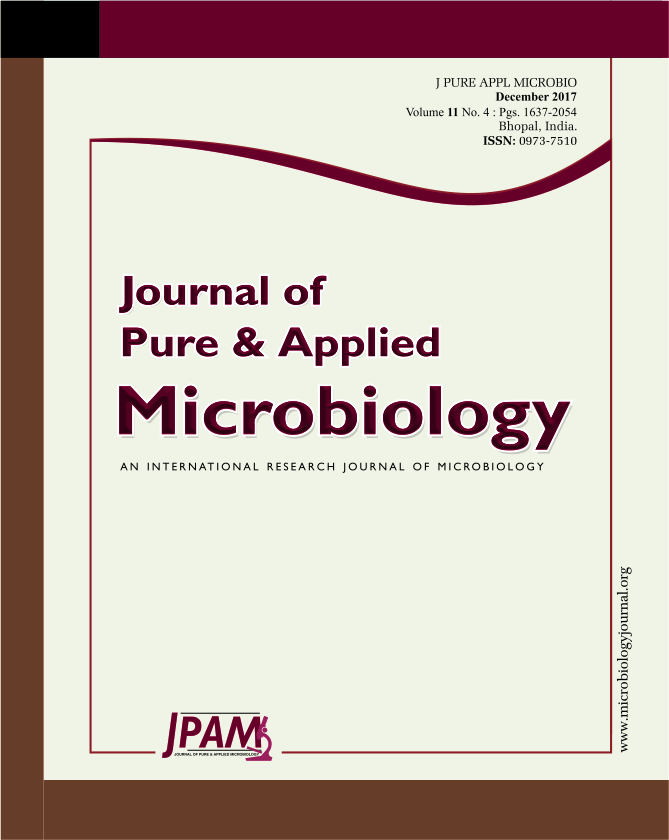Heme, a Fe-centred hexacoordinated organometallic compound mainly present in blood proteins, acts as a major source of iron (Fe2+) for various hemolytic microorganisms. This makes blood an essential mediumsupplement for characterizing such organisms. Considering the increasing blood demand for this purpose, we are proposing an alternative approach for hemolytic characterization of bacteria using plant derivative. For the first time, we present the kinetic model of growth of Staphylococcus aureus, a beta-hemolytic, gram-positive rod-shaped bacterium, and subsequent heme uptake at an optimized concentration of crude proteins of Beta vulgaris (red beetroot). In this paper, we have determined the heme content of the beetroot juice and demonstrated the ability of S. aureus to uptake heme from beetroot protein solution. According to the determined growth kinetics, the doubling time of the bacterium in the beetroot protein supplemented medium was 25 minutes. The heme uptake analysis showed a zeroth order kinetics with a constant decline rate of 0.19 µM h-1.
Plant heme, 3R’s, Beetroot, Hemolytic characterization, Heme uptake kinetics, Growth kinetics.
© The Author(s) 2017. Open Access. This article is distributed under the terms of the Creative Commons Attribution 4.0 International License which permits unrestricted use, sharing, distribution, and reproduction in any medium, provided you give appropriate credit to the original author(s) and the source, provide a link to the Creative Commons license, and indicate if changes were made.


